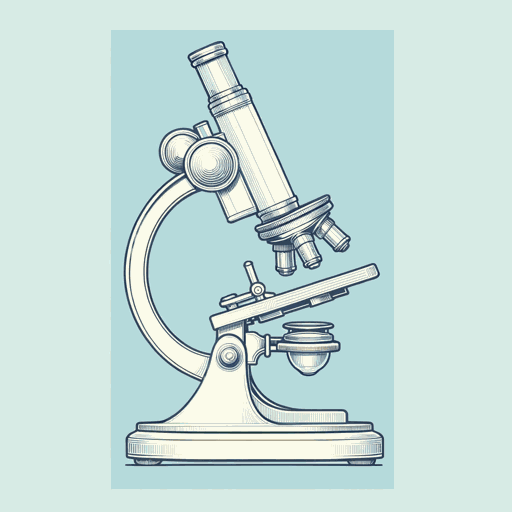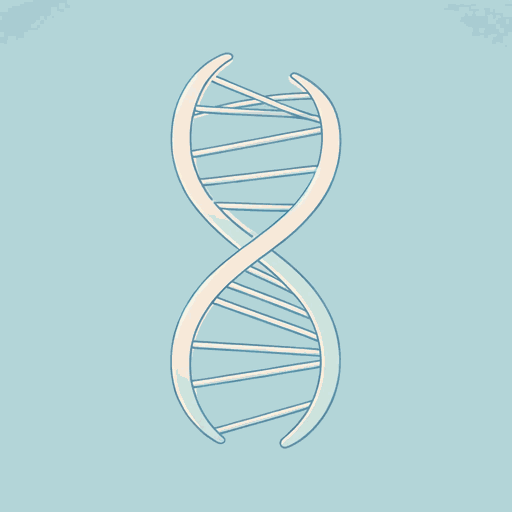71 pages • 2 hours read
Siddhartha MukherjeeThe Song of the Cell: An Exploration of Medicine and the New Human
Nonfiction | Book | Adult | Published in 2022A modern alternative to SparkNotes and CliffsNotes, SuperSummary offers high-quality Study Guides with detailed chapter summaries and analysis of major themes, characters, and more.
Part 5, Chapters 16-18Chapter Summaries & Analyses
Part 5: “Organs”
Chapter 16 Summary: “The Citizen Cell: The Benefits of Belonging”
The heart embodies the notion of belonging, attachment, and love. In addition to being a metaphor for belonging, however, the heart is a critical organ. The beating of a heart represents “a complex feat of cellular biology” (262). Since ancient times, philosophers and scientists questioned what the heart did. Aristotle believed that it was the body’s heating and cooling system, whereas medieval physiologist Ibn Sina claimed that the heart was a pump. Ibn Sina was closer than Aristotle to identifying the heart’s function. In the early 1600s, through physiological experiments on animals (the microscope hadn’t yet been invented), English physiologist William Harvey discovered the function of the heart, the connection of arteries and veins to the heart, the fact that it has two chambers, and the circulation of blood.
Building on Harvey’s work, researchers showed that the heart comprises two pumps (a right and left side) separated by a wall called the septum. On each side of the wall is a small collecting chamber, or atrium. The atria each lead to a ventricle, or large pumping chamber. The right side of the heart collects blood, returning from the veins. Since this blood is low in oxygen, the right side of the heart pumps it to the lungs to receive additional oxygen.
Related Titles
By Siddhartha Mukherjee



